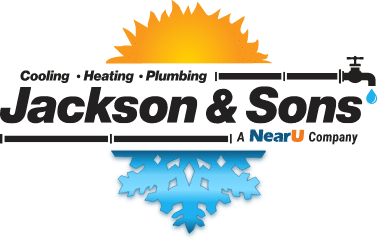
Some HVAC problems have obvious solutions, while others are often misunderstood. Efficient, reliable heating and cooling involves the natural laws of physics, advanced technology, and basic mechanics. The interaction between these aspects makes some issues actually simpler than they seem, while others are complex and require in-depth troubleshooting. All these reasons underscore the value of experienced service by a qualified HVAC technician. Here are just a few examples of HVAC problems that may not be what they seem to be:
- Bigger HVAC means better. Installing a unit that generates more heating or cooling than the house requires may seem like a bonus. However, it can actually make your home less comfortable. Oversized HVAC systems often short-cycle — turning on and off rapidly, causing indoor temperatures to fluctuate noticeably between too cold and too hot. This also imposes more wear and tear on system components. A proper sizing calculation to determine the precise output of a furnace or AC should always be performed by a qualified HVAC contractor before installing new HVAC components to counter HVAC problems.
- Closing air vents in unused rooms saves money. Makes sense, except your HVAC system doesn’t know whether air vents are open or not. Therefore, the furnace or air conditioner produces the same volume of cooled or heated air as long as it’s running, regardless of the status of vents. Closing vents can unbalance system airflow into adjoining rooms, making those spaces too cold or uncomfortably hot. Therefore, it’s usually best to keep all vents open all the time.
- Thicker air filters clean air better. While thicker, more dense HVAC air filters typically remove more airborne particulates, they also restrict system airflow. At some point, temperature control and indoor comfort are impaired too. Operating costs also rise as the system runs longer cycles to maintain thermostat settings. In most homes with standard ductwork, the HVAC air filter MERV (Minimum Efficiency Reporting Value) should be limited to the range between 8 and 14 to balance maximum filter efficiency with optimum airflow.
For straight facts about misunderstood HVAC problems, contact the professionals at Jackson & Sons.

